Some quick thoughts on the Pierre Gerbais L’Originale Extra Brut Champagne that was highlighted in my review of Robert Walters’ Bursting Bubbles.
The Geekery

In Peter Leim’s Champagne, he notes that Aurélien Gerbais is an 8th generation grower in the Côte des Bar and the 4th generation to make wine in this region of the Aube.
The estate of Pierre Gerbais is certainly unique in Champagne. Pinot blanc accounts for nearly a quarter of the domaine’s 43 acres of vines. This includes some old vine plantings in the historic “Les Proies” vineyard that date back to 1904.
In the 20th century, many Champagne estates uprooted their Pinot blanc in favor of the more fashionable Chardonnay and Pinot noir. However, the Gerbais’ value Pinot blanc ability to handle humidity and frost which can often hit their estate in Celles-sur-Ource.
After Aurélien’s grandmother became sick from pesticide residue on the vines after working in the vineyard, the estate converted to organic viticulture in the 1990s.
The L’Originale is 100% Pinot blanc sourced from old vine plantings. It spends 36 months aging on the lees prior to being disgorged with a dosage of 3 g/l. Around 3000 bottles are made every year.
The Wine
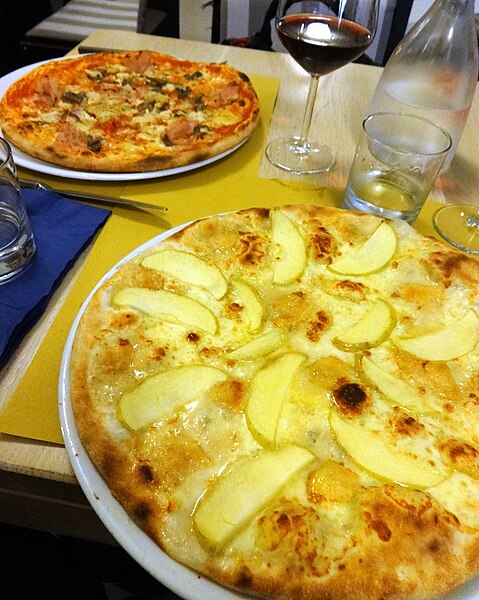
The subtle smokiness of the apple adds savory complexity to this Champagne
High intensity nose. The huge apple notes are a mix of both fresh cut apples and grilled apple slices–like something topping a wood-fired white pizza. Some spiced pear as well.
On the palate the apple notes carry through. The notes are amplified with a sense creaminess and weight in the mouthfeel. The subtle smokiness from the nose exhibited by the grilled slices linger and compliments the toasty-leesy flavors of the Champagne. The finish is long with a salty minerality.
The Verdict
There is a tremendous amount of complexity and character in this Champagne. It is well worth its $70-80 price tag and outshines many wines in the $100+ range.
Being a small production grower, this Pierre Gerbais L’Originale won’t be easy to find but if you can get your hands on it, buy multiple bottles.

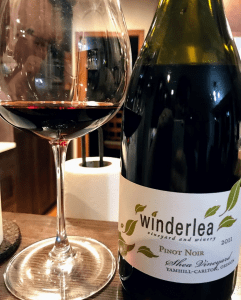 Some quick thoughts on the 2011
Some quick thoughts on the 2011 
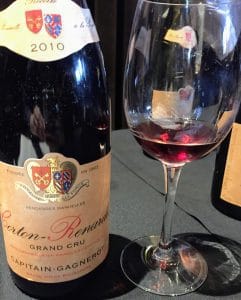
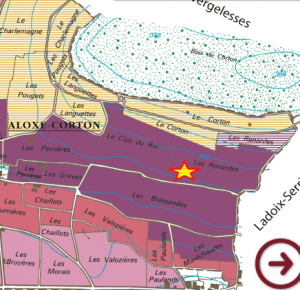
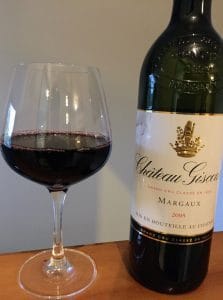

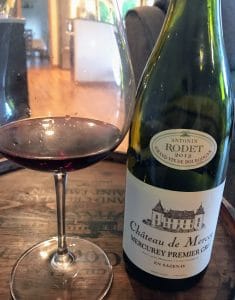 Some quick thoughts on the 2012
Some quick thoughts on the 2012 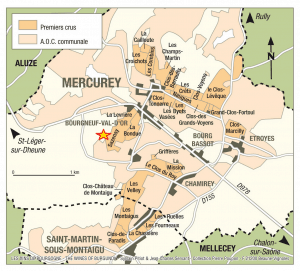
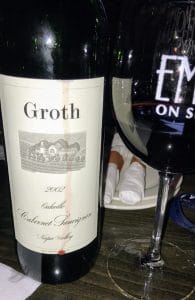

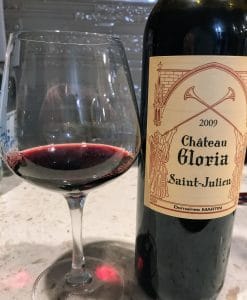 Some quick thoughts on the 2009
Some quick thoughts on the 2009 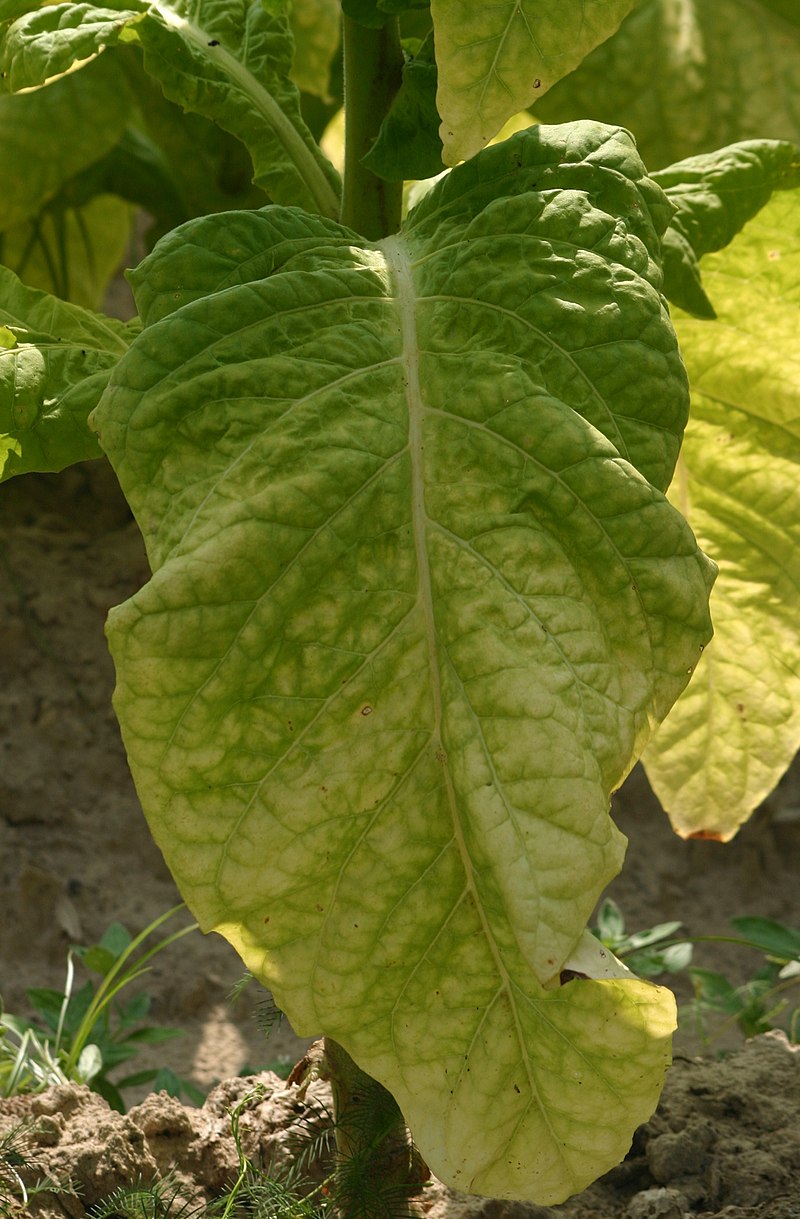
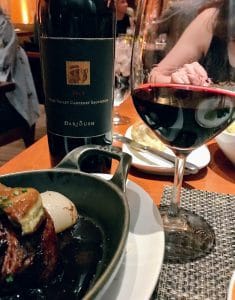

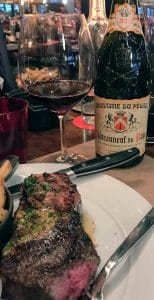
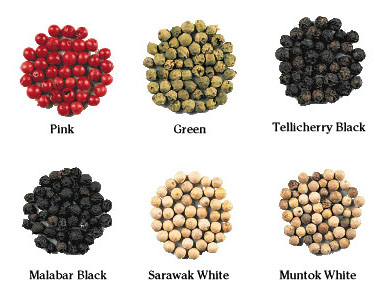
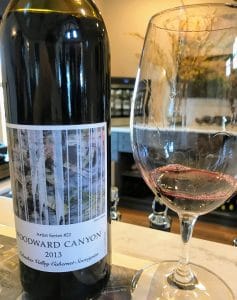 Some quick thoughts on the 2013
Some quick thoughts on the 2013 